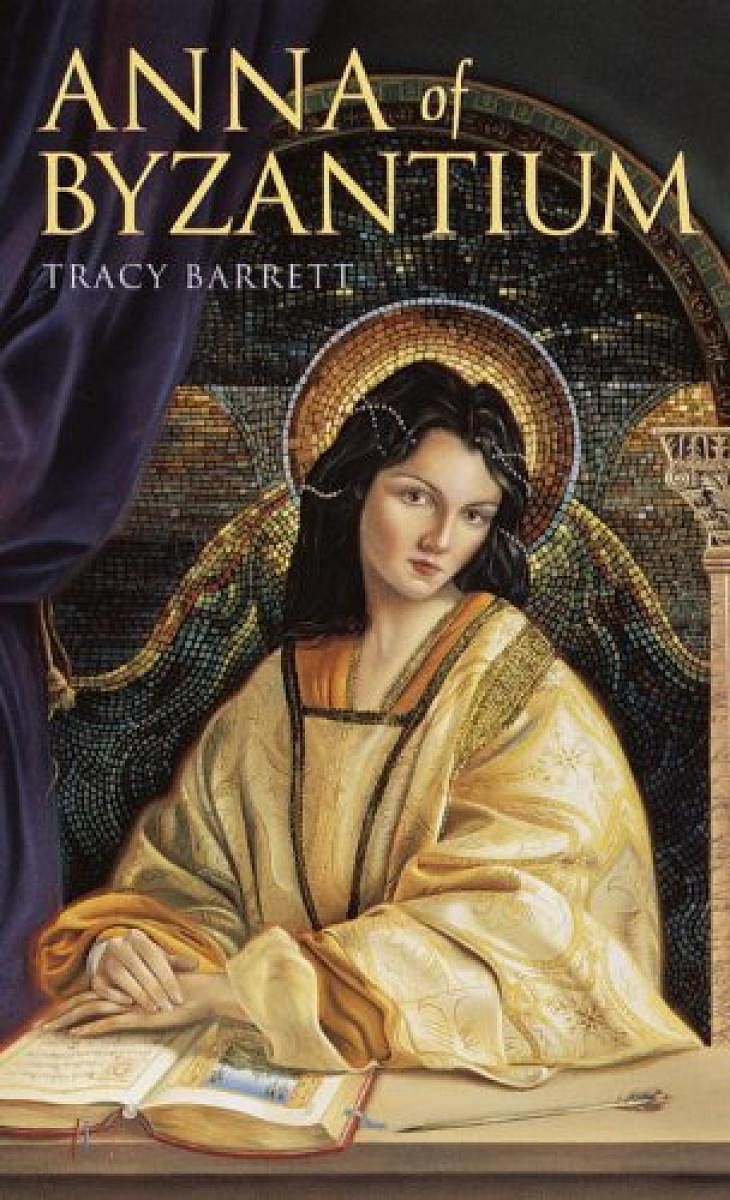

One of my favourite genres in literature is historical fiction — a story that takes place in the past. The story might be fictional, but the setting and the characters — what they eat and wear, how they speak and live — all these are true to the period in which they are set. A well-researched book on historical fiction is as close as I can get to time travel!
Historical fiction helps me understand historical events better. Being immersed in that world brings the situations and characters alive, and provides context — dry historical facts do not do this for me. In these stories, historical figures also come across as complex characters, and it helps understand their motivations better. A good example is Anna of Byzantium by Tracy Barrett.
Devika Rangachari’s Queens series is also great — in Queen of Ice, Queen of Earth and Queen of Fire — the author brings alive three lesser-known Indian queens.
Speaking of queens, the Teenage Diary series, written by various authors, are fictional diaries of queens of India. In this series, I’ve read only The Teenage Diary of Razia Sultan by Anitha Murthy. The other “diaries” are of Jodha Bai, Nur Jahan, Jahanara, Rani Laxmibai and Abbakka — such an interesting concept of getting to know queens during their formative teenage years!
The other kind of historical fiction I enjoy is about regular characters, living in and reacting to historical events. A Night Divided by Jennifer Nielsen is the story of a family separated when the Berlin Wall comes up overnight. I could have read articles on the topic, and got all the information I needed, but the story brought out the horrors of the situation so well. The same thing happened with two other books I’ve spoken about before, The Night Diary by Veera Hiranandani (on Partition) and Ahimsa (on the Indian Independence movement.)
Historical fiction for younger children is rarer to find. And that’s why I was happy to see the new One Day Elsewhere series. They are picture books, each about regular people living their lives as a major historic event unfolds around them. A Cello on the Wall is about the fall of the Berlin Wall, A Giant Leap takes place on the day humans walked on the moon, My Father’s Courage talks about Gandhi and the Salt March, and The Black Tide, about the sinking of the Amoco Cadiz.
Subhadra Sen Gupta takes stories of regular people one step further. Her book Let’s Go Time Travelling Again, a sequel to Let’s Go Time Travelling, was published after we lost her to Covid earlier this year. In this book, she tells stories of ordinary people like potters, weavers, architects and merchants, who lived and worked in the past centuries. These are fictional stories alternating with historical facts. It brings us face to face with the less talked about people of the world, but who were instrumental in creating the world we now know.
I didn’t like history as a child, but now, thanks to historical fiction, I enjoy history immensely!
The author has written 12 books for children and can be reached at www.shruthi-rao.com
GobbledyBook is a fortnightly column that gives a peek into the wondrous world of children’s books. Hop on! Or as Alice did, plunge into the rabbit hole.